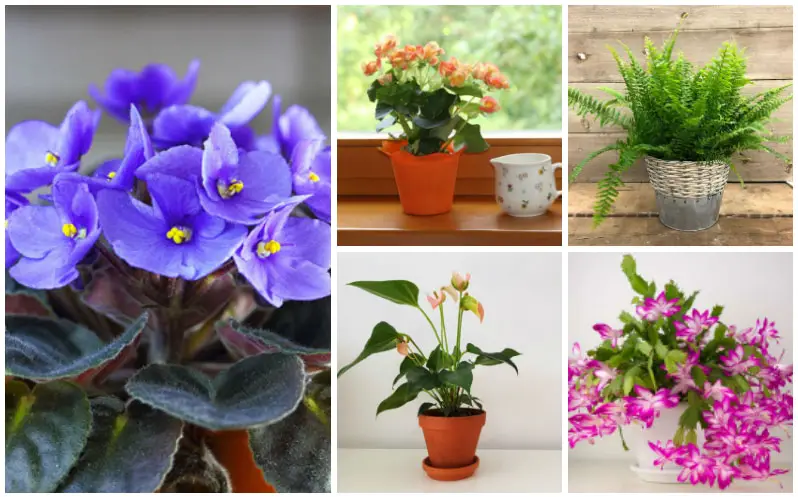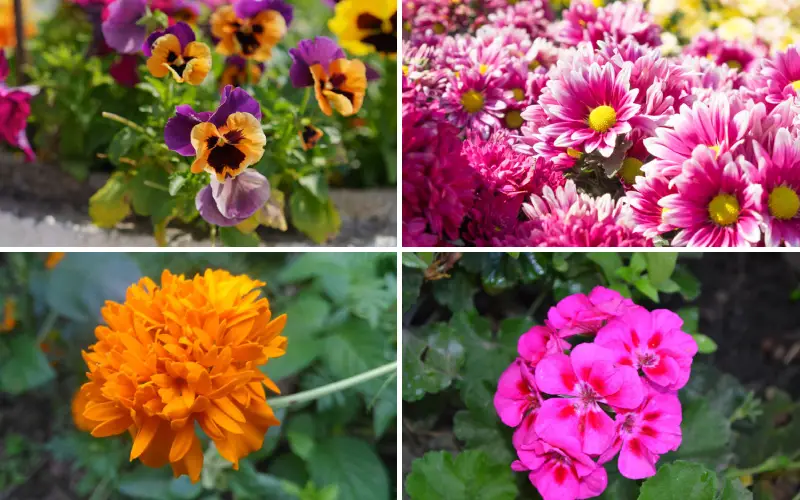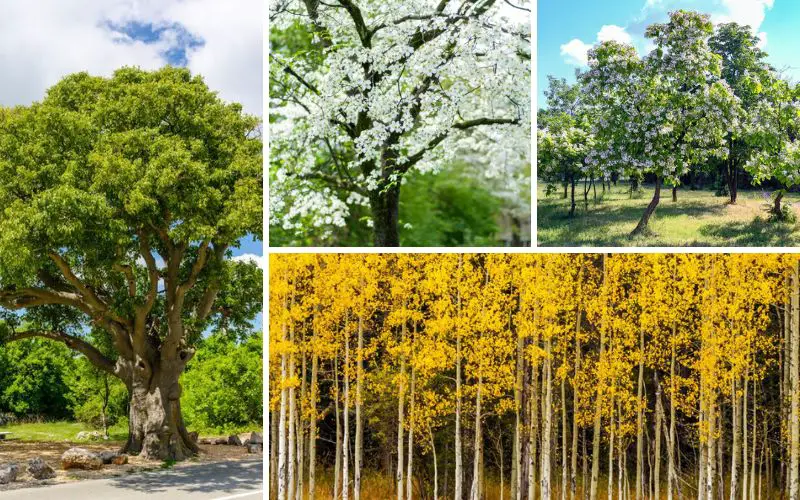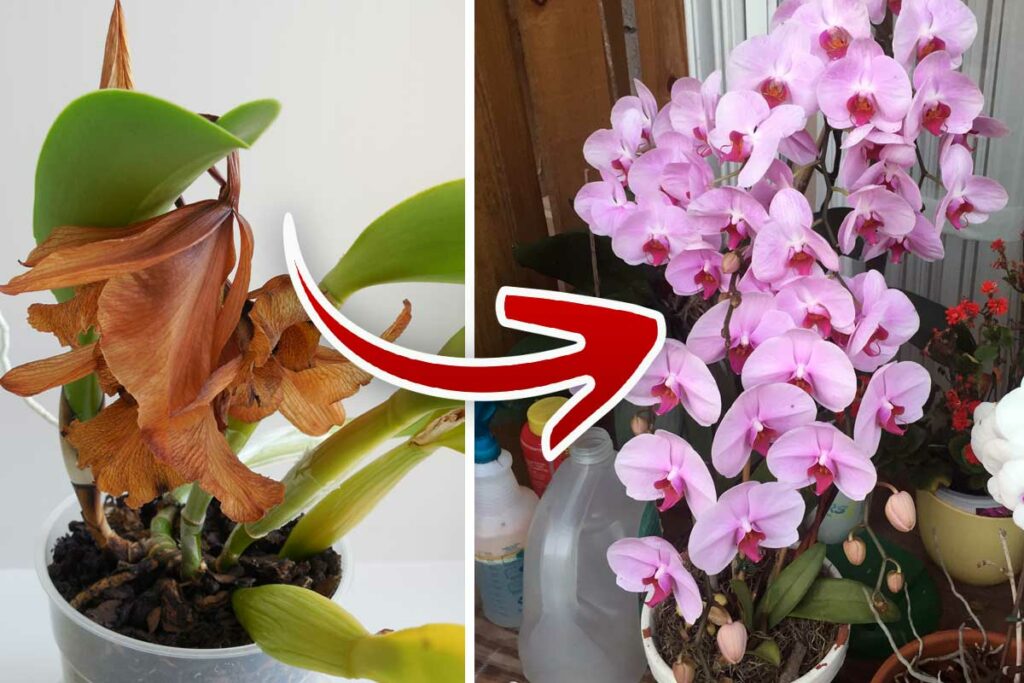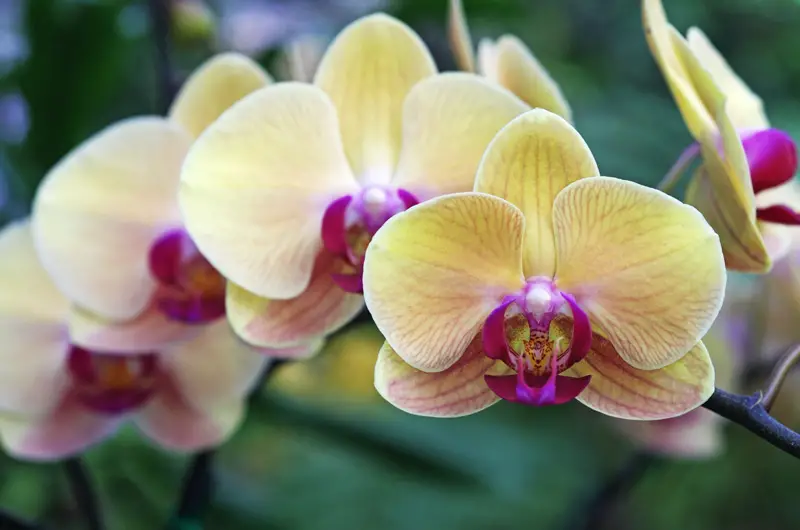
Orchids are delicate, beautiful flowers in vibrant shades that you may have seen for sale in your local supermarket. Although they look delicate and can be somewhat intimidating for a person who can’t seem to keep their houseplants alive, in reality, they can be very easy to take care of and can be enjoyed for a very long period of time. Members of the Orchidae family, one of the two largest varieties of flowering plants, can range in ease of care very widely, so it’s best to do some research before bringing home any variety of orchids.
Orchids are often thought of as tropical plants, and while there is a far greater diversity of orchids in the tropics, the reality is that orchids are found in nearly every habitat on the planet; even above the Arctic Circle! They have a pleasant, soft scent that is favored by perfumers and by hobbyists who collect the various species of orchids. We’ve selected several varieties out of the thousands that are easy to grow indoors, regardless of whether or not you have a green thumb!
Moth Orchid

Moth orchids, or phalaenopsis, are the most commonly found orchids, available for under $40 at your local grocery store. The long flower spikes are graceful, arcing over the leaves. Moth orchids are widely grown as houseplants, and are among the easiest to care for. They are long blooming, and come in shades of white, pink, red, green, yellow, orange, and purple. They do best in temperatures between 50 – 75 degrees Fahrenheit. Moth orchids were amongst the first tropical orchid varieties to appear in Victorian collections.
Dendrobium Orchid
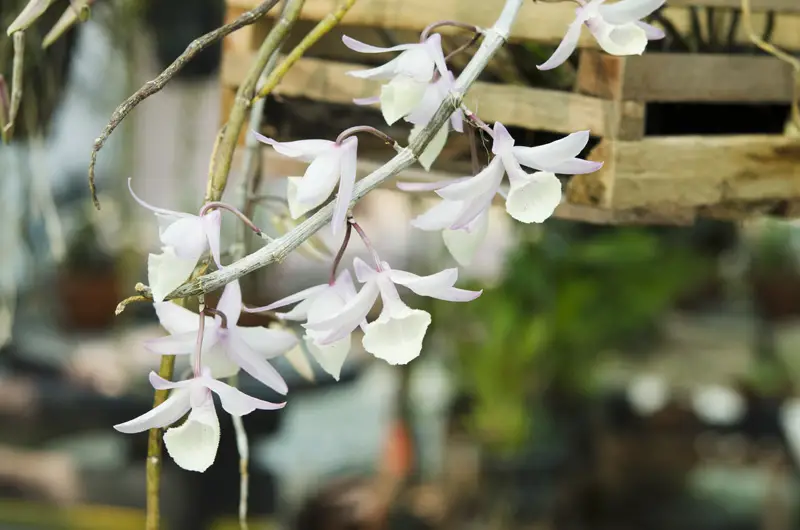
A very wide genus of orchids, the dendrobium orchids, often just called “den” by horticulturists, enjoy a fairly warm environment and originate from the Himalayas. Dendrobium orchids, like moth orchids, have long lasting blooms of up to a month. They like medium to bright light, and will do well with a weekly or bi-weekly watering. In your garden, they’ll grow quickly through the summer, but rest during the winter.
Lady’s Slipper Orchid
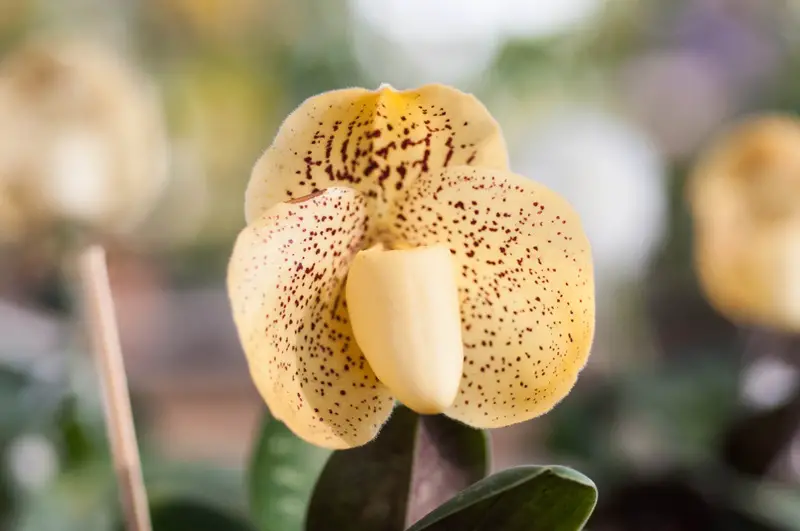
The Lady’s Slipper, or cypripedium, are named for the resemblance they bear to a lady’s footwear. The pouch-shaped lips set these orchids apart from other varieties. Some species of Lady’s Slipper even grow in unusually cold areas like Alaska or Siberia, and will often pop up out of the snow come spring. Lady’s Slippers typically have one bloom per stem, so keep a look out for varieties that can produce several flowers per stem for a bigger, showier display.
Cattleya Orchid
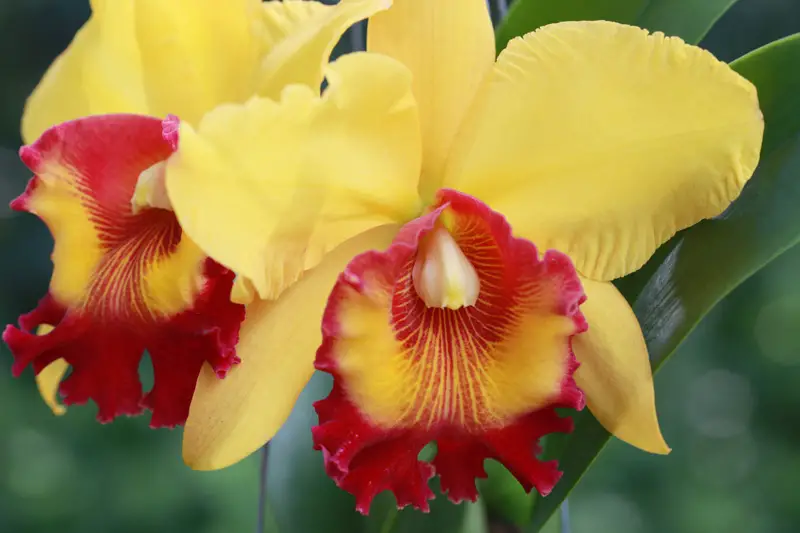
Cattleya orchids are native to Costa Rica and the Lesser Antilles, but can be found as far south as Argentina. They have wide, showy blooms, with one to two blooms per stem, although some varieties can have up to ten blooms per stem. They come in every color by blue and black. Up until the 1980s, Cattleya were widely used in hybridization, so they tend to look like our ideal orchid.
Jewel Orchid
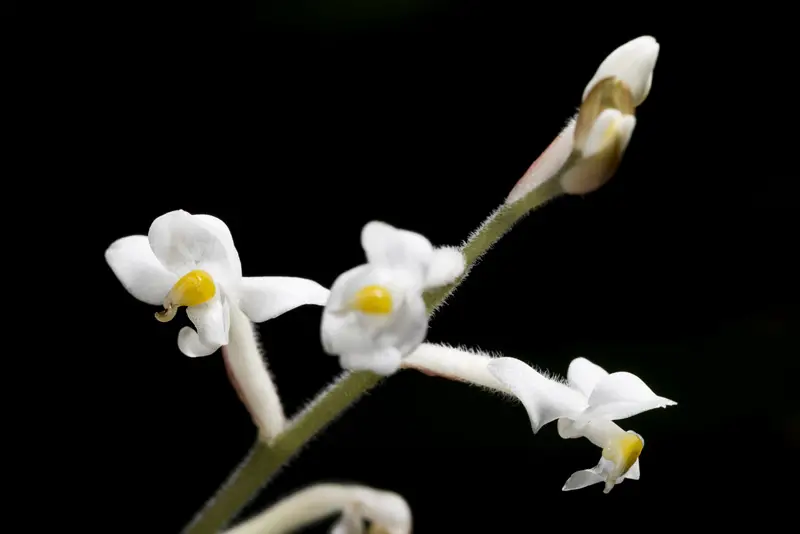
Ludisia discolor, the Jewel Orchid, is native to Southern China, and South East Asia. In the wild, they’re found growing on the forest floor. The leaves are velvety deep burgundy or maroon with red veins that run along the leaf, and the combination of the foliage with the white flowers with twisting yellow columns is more than enough reason to be called the “jewel” orchid. Each stem has a cluster of small flowers. This variety needs high humidity and warm temperatures to thrive, and likes low to medium light.
Nun’s Orchid
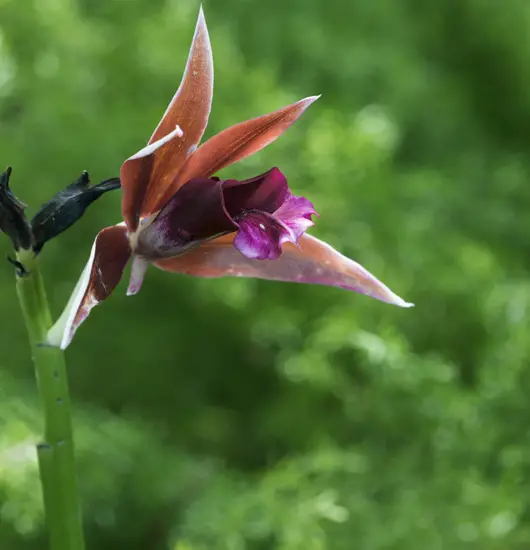
Phaius tancarvilleae, otherwise known as the Nun’s Orchid or Swamp Lily, is a variety of orchid that grows from a bulb in the ground and is native to South East Asia. Each stem can produce up to sixteen flowers, which have light brown outer petals surrounding a mauve and yellow center. The plant’s preferred habitat is swampland or grasslands.
Cockleshell Orchid
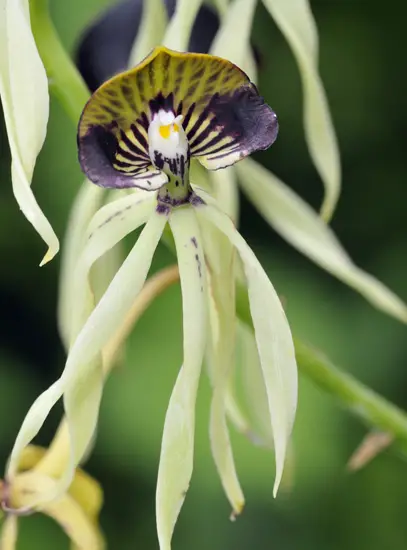
Also called the Clamshell Orchid, prothechea cochleata is better known as the Black Orchid in Belize, where it is the national flower. The beautiful, small flowers are shaped so that they effectively look upside down. This variant is commonly cultivated due to its unique flower structure and for the long-lasting flowers.

